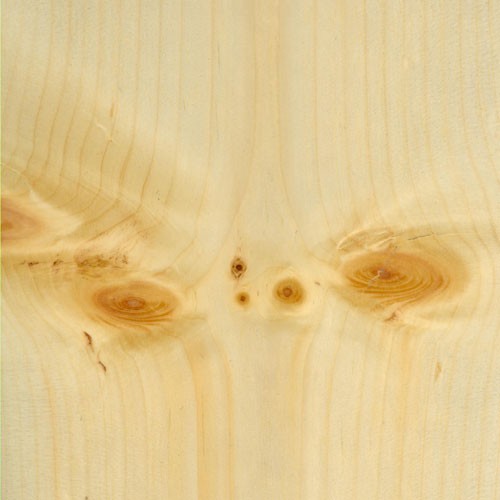GL Veneer
Pine - Western White
Pine - Western White
[Pinus monticola]
Native to the Pacific Northwest, the Western White Pine originally dominated the pine country of northern Idaho, where it was historically so important as a timber tree, it’s still known as “Idaho White Pine” — and, unsurprisingly, named the official Idaho state tree.
Able to live 400 years or more – and reaching heights of 200 feet tall and 8 feet in diameter – the Western White Pine flourished from the Cascades and Sierra Nevadas to the northern Rocky Mountains for millennia. And was valued almost as long by Native Americans for its medicinal qualities.
In the mid-1800’s, early pioneers discovered Western White Pine to be great wood for making molding, window and door frames, and, of all things — match sticks. Which, because every American at the time used an average of 2,300 matches every year, accounted for the annual consumption of 300,000 mature trees just for that purpose.
Eventually, the harvest of Western White Pine reached a rate of 500 million board feet per year. But two disasters in 1910 are what nearly wiped out the species. The first was one of the largest forest fires in U.S. history, which devastated over 3 million acres of northern Idaho pine country. The second was the White Pine Blister Rust, a fungus that was accidentally introduced from Europe, killing an estimated 90% of the species west of the Cascade Mountains. Fortunately, Blister Rust was less severe in California, and the species has survived there in great numbers, maintaining a healthy supply of the beautiful wood.
An overall yellowish white color, often with reddish brown knots, Western White Pine tends to darken gracefully with age. Renowned for its straight grain, it has an even, medium texture.
As elegant as it is easy to work with, Western White Pine is a smart, affordable choice for wood veneer, architectural plywood, millwork, and carving.
Share


